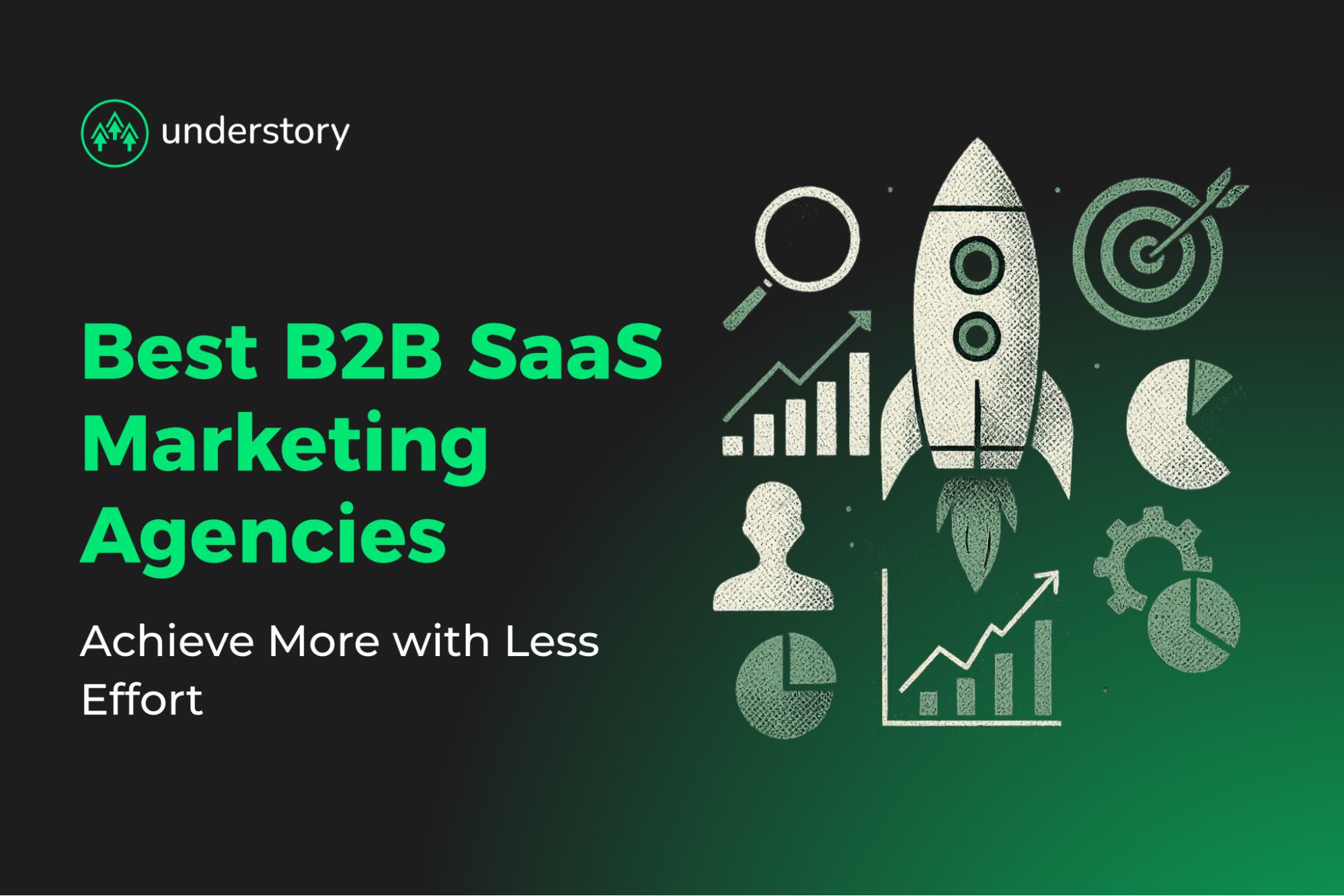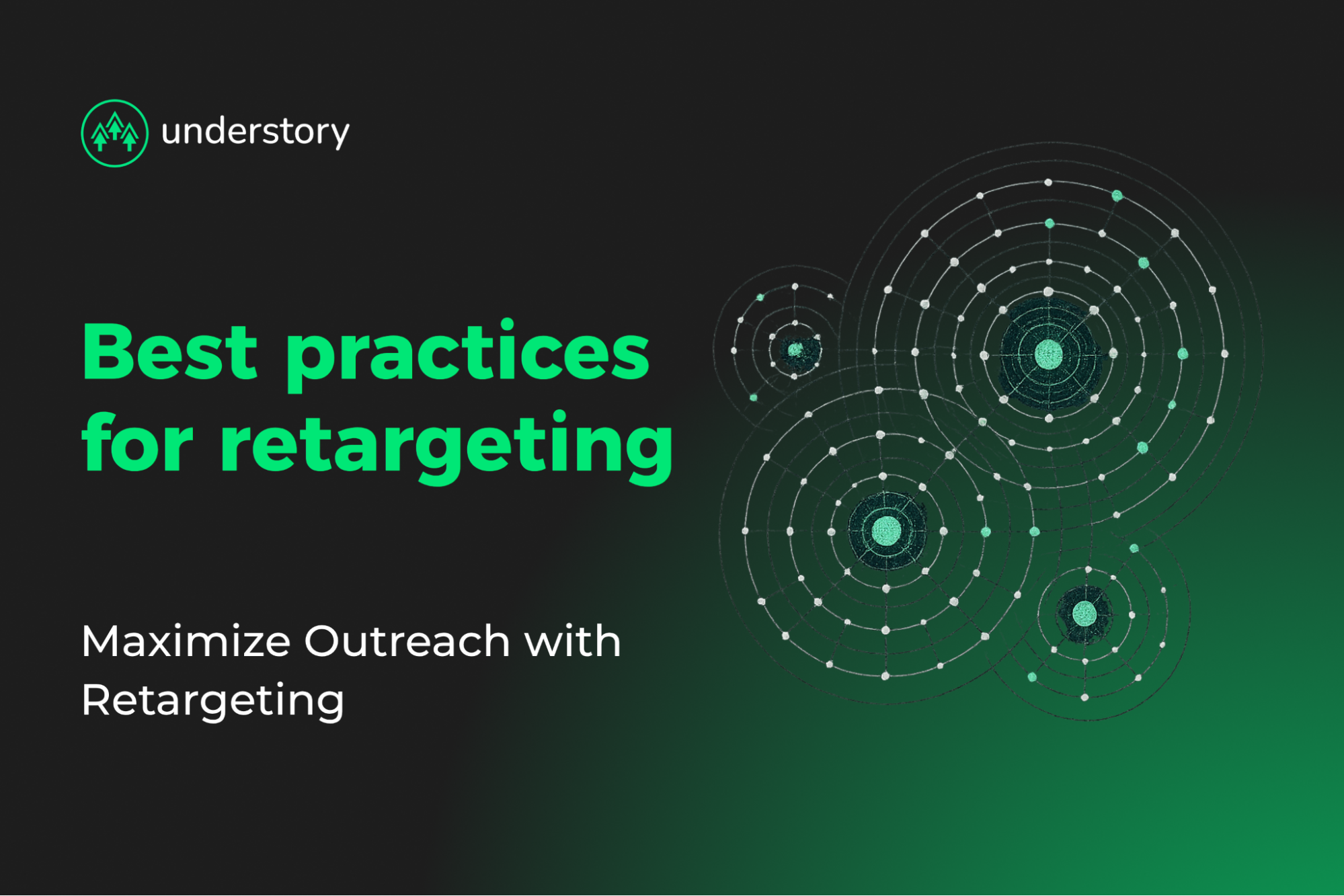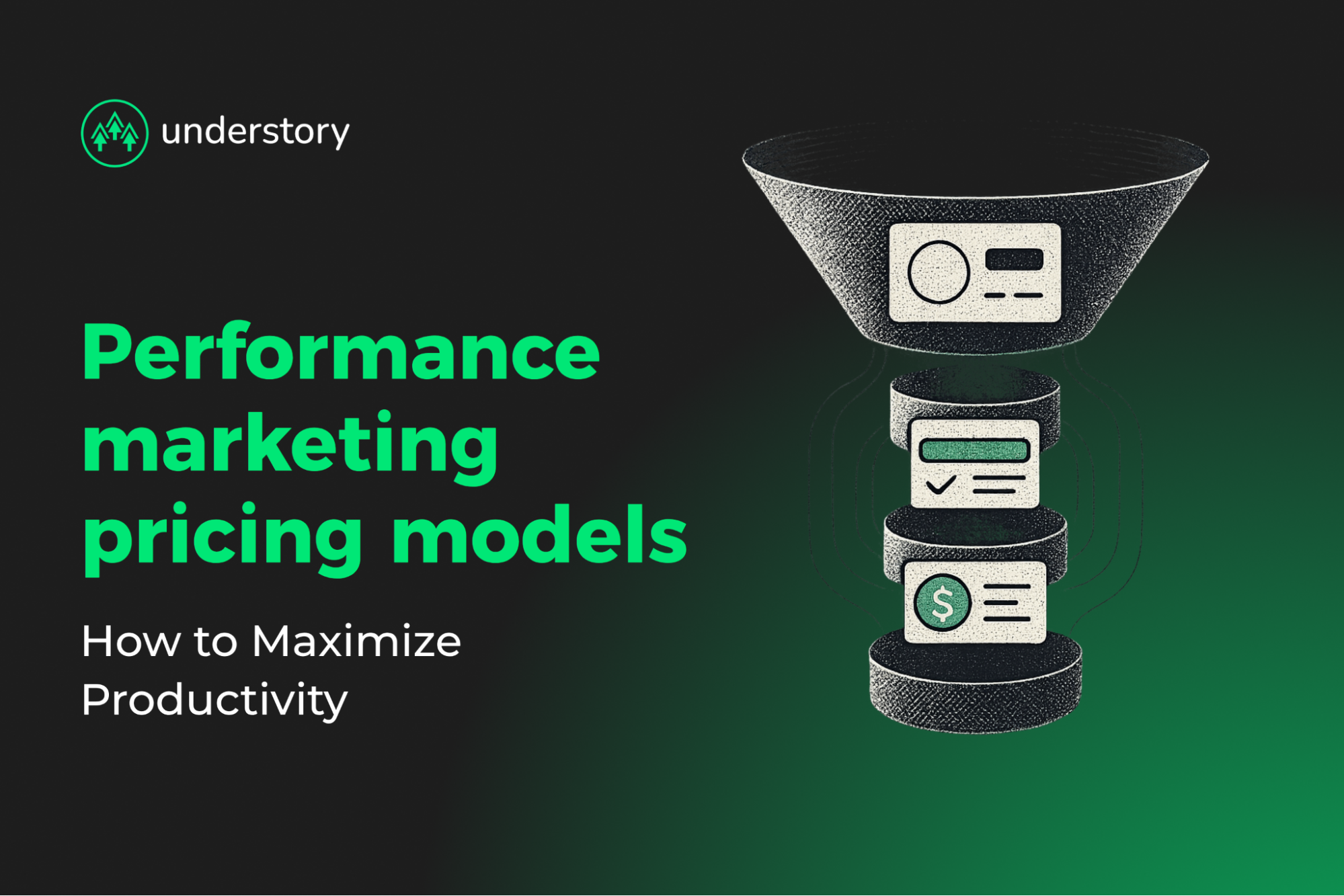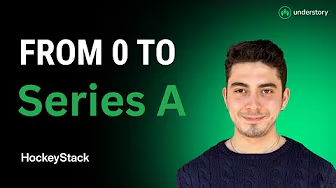

Your complete guide to paid, organic, and earned media
Coordinate your media strategy to guide prospects from first impression to signed contract.
When paid, organic, and earned media work as a unified system, allbound marketing drives compounding results instead of fragmented efforts. Creating consistent messaging across paid ads, organic content, and third-party validation requires understanding what each channel actually does to guide prospects smoothly from first impression to a signed contract.
Paid media buys reach through search ads, LinkedIn Sponsored Content, and sponsorships. Organic media builds authority through owned content like blogs, webinars, and email nurtures. Earned media delivers third-party validation via press, analyst coverage, and reviews. Each channel plays a distinct role, but coordinating all three creates a seamless buyer journey that drives qualified pipeline faster.
This guide breaks down how each channel works, where each fits in your marketing strategy, and how coordinated allbound execution resolves fragmented prospect experiences and inflated customer acquisition costs.
Understand paid, organic, and earned media
Paid, organic, and earned media channels each have a distinct role, but none effectively drives growth alone. Coordinated execution delivers better results than isolated efforts.
Effective coordination starts with understanding what each channel does and when to use it. Before you can align paid campaigns with organic content and earned media, you need to know how each channel generates results and where each fits in your marketing strategy.
What is paid media?
Paid media is any marketing channel where you pay to display your message to generate and capture demand for a target audience. This includes:
- Search ads on Google or Bing
- Display retargeting campaigns
- Paid sponsorships and event promotions
- Sponsored content placements in industry publications
- Social media advertising such as LinkedIn thought leader ads
Paid media gives you complete control over budget allocation, audience targeting, creative messaging, and campaign timing. For B2B SaaS companies, paid channels deliver predictable reach and measurable performance data through platform dashboards showing cost per click, conversion rates, and return on ad spend.
How to make the most of paid media
The strategic advantage of paid media is speed and precision. With well executed paid media, you could launch a LinkedIn Sponsored Content campaign targeting CISOs at companies with 500+ employees and see results within hours. It allows you to test messaging variations across different buyer personas and identify what resonates before scaling strategy and expenses. Paid media works best for product launches, entering new markets, or accelerating pipeline when sales targets demand immediate action.
Speed alone doesn't ensure impact. Each format of paid media should match a buyer journey stage. Search ads capture high-intent buyers already researching solutions. Social ads build awareness among targeted roles before they search. Retargeting keeps your brand top-of-mind after initial engagement. Sponsored content positions your expertise in trusted editorial environments
Coordinated execution offers three advantages: instant visibility without a long SEO ramp, precise targeting using titles and firmographics, and rapid testing to learn what messaging resonates. These insights feed back into organic and earned channels.
The trade-off is sustainability. Visibility disappears when spending stops, and sophisticated B2B buyers often readily recognize paid placements. To mitigate this, cost control is critical. Ad fatigue, misaligned targeting, or stale creative can quickly inflate the cost to acquire new customers. Consistent tracking of metrics like click-through rate, cost per acquisition, and return on ad spend are essential for monitoring ROI. Attribution dashboards connect ad platform data directly to your CRM, tracking opportunities from first click to closed-won in real time.
Paid media functions as a precision instrument. When paired with insights that feed into organic content and earned media, it sparks interest, captures intent, and fuels a compounding growth flywheel. Disciplined targeting, testing, and attribution maximize its strategic impact.
What is organic media?
Organic media is marketing content published on channels you own and control, where reach depends on audience engagement rather than paid distribution. This includes:
- Website and landing pages
- SEO-optimized blog content and resource libraries
- Email nurture sequences
- Social media profiles and native posts
- Documentation and knowledge bases
- Webinars and on-demand video content
The defining characteristic of organic media is compound growth. A technical guide published today can continue to attract search traffic months later. Email subscribers engage with content repeatedly without incremental costs. Social followers amplify your message through shares and comments.
How to make the most of organic media
For B2B SaaS companies, organic media builds long-term authority and trust. Deep technical guides demonstrate product expertise. Case studies validate claims with proof. Thought leadership positions your team as industry experts rather than vendors pushing products. Organic channels reward consistency with lower customer acquisition costs and full control over brand narrative.
Owned channels compound in value with every piece of content. Because you own these channels, you dictate the narrative. SEO benefits accumulate over time. Long-form guides, integration tutorials, and thought-leadership content consistently attract leads months after publication.
The challenge is patience. Organic channels require months of consistent effort before delivering significant pipeline impact. Content creation demands ongoing investment in writing, design, and promotion. Algorithm changes on platforms like LinkedIn can temporarily reduce organic reach. Maintaining a compounding growth curve demands tracking metrics that tie effort to revenue: organic traffic growth, share of sessions, keyword movement for commercial queries, engagement depth, and conversion to demo requests or free trials. Ultimately, the success of organic media is measured by pipeline contribution.
What is earned media?
Earned media is third-party validation you don't directly pay for or control. This includes:
- Press coverage in industry publications
- Analyst mentions and market reports
- Customer reviews on sites such as G2, Capterra, or TrustRadius
- Organic social media mentions and shares
- Backlinks from authoritative sites
- Word-of-mouth referrals
The key distinction is source credibility. When TechCrunch covers your product launch, G2 users leave five-star reviews, or an industry analyst includes you in a market report, prospects trust these endorsements more than your own marketing claims. Earned media carries a credibility premium that paid and organic channels cannot match.
How to make the most of earned media
Earned media takes many forms. Industry features and press coverage, analyst reports and citations, backlinks from technical publications, organic social mentions, and customer testimonials all carry weight that self-promotion cannot match.
Success depends on execution elsewhere. Strong product performance drives reviews. White papers generate citations. PR converts launches into coverage. Customer success fuels word-of-mouth. Each mention compounds reach and authority, creating measurable pipeline impact: accelerated deals, reduced perceived switching costs, and faster inbound conversions.
For B2B SaaS companies evaluating six-month buying cycles, earned media accelerates decisions by reducing perceived risk. A cluster of positive reviews validates your solution. Analyst recognition positions you among market leaders. Press coverage drives referral traffic from audiences actively researching your category.
The trade-offs are control and predictability. You can't dictate when journalists cover your company or what customers write in reviews. Negative earned media carries more weight than positive marketing claims. Building earned media requires excellence in product, customer success, and public relations rather than direct spending. Track metrics such as share of voice, sentiment trends, backlink quality, and referral traffic to assess both visibility and business impact.
How paid, organic, and earned media work together
Handled together, paid campaigns generate awareness, organic content nurtures intent, and earned endorsements seal trust while dashboards track impact across every touchpoint.
This comparison reveals where each channel excels and where it needs allbound coordination to maximize impact.
| Dimension | Paid Media | Organic (Owned) Media | Earned Media |
|---|---|---|---|
| Cost | High: every click or impression adds to CAC | Low direct spend; investment is time and talent | Low direct spend; largely sweat equity |
| Speed | Fast: ads go live instantly | Slow burn: traffic compounds over months | Variable: spikes when coverage hits |
| Control | High: you decide audience, message, timing | High: you own the channels | Low: third parties shape the narrative |
| Credibility | Medium: buyers know you paid for it | High: content lives on your domain | High: trusted third-party validation |
| Scalability | Medium: budget-dependent | High: content scales without per-click fees | Medium: relies on external interest |
| Measurement | Simple: platform dashboards show CPC, ROAS | Complex: SEO, engagement, and conversions span tools | Variable: mentions and sentiment require listening tech |
B2B SaaS buyers experience marketing as a continuous journey, not isolated campaigns. Paid, organic, and earned channels amplify each other's strengths while covering blind spots as they lead prospects from awareness to a signed contract.
Paid media drives awareness and captures initial interest. LinkedIn ads, search campaigns, and sponsored content put your solution in front of target accounts who may not be actively searching yet.
Paid media can be coordinated with organic channels by directing ad traffic to high-value content like guides or webinars, then retargeting engaged visitors who didn't convert. When someone downloads your organic content, paid campaigns can nurture them with testimonials and case studies. One particularly effective coordination tactic is using LinkedIn Thought Leader Ads to amplify organic posts from your executives and subject matter experts, extending their reach beyond your immediate network while maintaining the authentic voice that builds trust. This coordination turns one-time ad impressions into ongoing relationships through owned channels.
Paid media and earned media work together by amplifying third-party validation to cold audiences. Practical applications include:
- Feature G2 reviews in LinkedIn ads to borrow credibility
- Promote press coverage through sponsored content to reach prospects who missed the original article
- Run search ads targeting competitor comparisons where your earned reviews provide the deciding factor
Organic channels educate prospects during consideration, building on the awareness created by paid campaigns. Blog posts answer questions triggered by ads. Webinars provide the deep technical content prospects need after initial exposure. Email sequences nurture prospects through the research phase while providing behavioral signals about their interests.
Organic content and earned media reinforce each other by creating the substance that drives third-party validation. Common examples:
- Strong case studies become the basis for analyst recognition
- Technical guides generate backlinks from industry publications
- Customer success stories shared through organic channels encourage reviews on G2 and Capterra
- Educational content gives prospects material to reference when they write their own earned endorsements
Earned media builds credibility during evaluation and decision stages by validating what your paid and organic channels claim. Analyst reports and G2 reviews answer the "who else uses this?" question that prospects ask after engaging with your content.
Earned media strengthens both paid and organic efforts by providing proof points you can reference across channels. Here are some ways to leverage earned validation:
- Quote analyst recognition in paid ad copy to increase click-through rates
- Feature customer reviews throughout your organic content to overcome skepticism
- Use press coverage as social proof in email sequences
Paid, earned, and organic media should be coordinated to reinforce each message, creating a compounding system rather than isolated touchpoints. When prospects see consistent messaging, trust accelerates and deals close faster. To keep messaging clear along the entire pipeline, create a messaging framework that establishes talking points across sales, marketing, and customer success teams.
When this messaging is cohesive, a VP of Operations might see a paid LinkedIn ad, engage with an organic guide, attend a webinar, and validate your product through earned reviews. Each touchpoint reinforces the last, guiding the account toward conversion.
This coordination doesn't stop once a prospect becomes a customer. Post-purchase, organic newsletters share product updates and best practices while occasional paid campaigns reach decision-makers for expansion opportunities and continued engagement. Customer success drives earned reviews that feed back into acquisition campaigns.
Coordinate paid, organic, and earned media with expert allbound execution
Paid, organic, and earned media each play a unique role. Real growth comes when they work as a coordinated system rather than isolated efforts managed by separate specialists. This coordination can take significant time to set up. SaaS growth teams use Understory to avoid sinking time into coordinating between separate paid media, outbound, and creative specialists.
Our expert allbound execution coordinates LinkedIn ads with Clay-powered outbound sequences, ensuring prospects receive consistent messaging across every touchpoint. Professional creative services maintain brand positioning from first impression through sales conversations.
Schedule a call to learn more.




